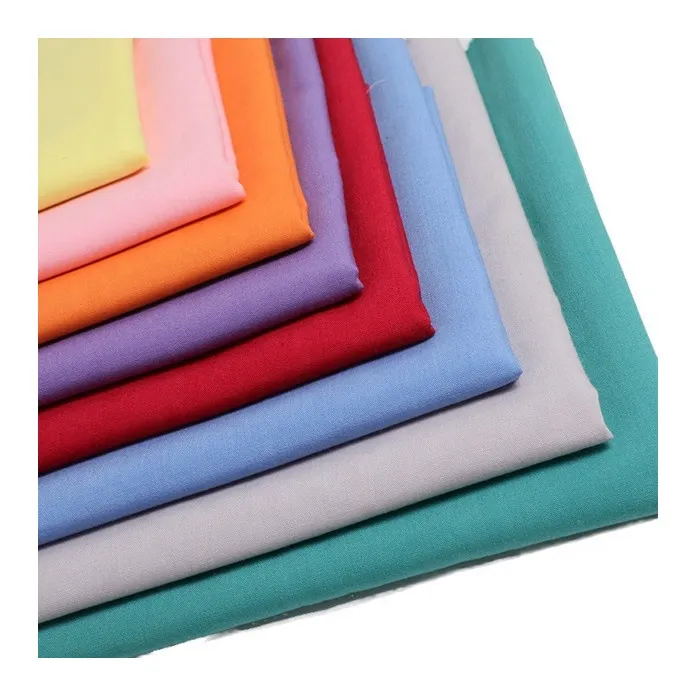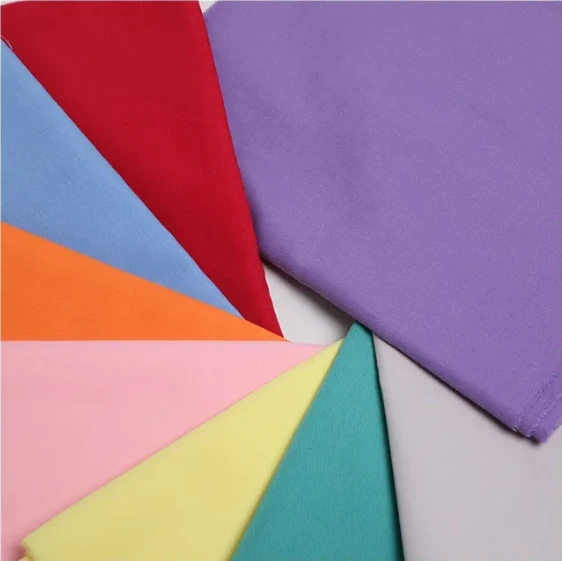
- Afrikaans
- Albanian
- Amharic
- Arabic
- Armenian
- Azerbaijani
- Basque
- Belarusian
- Bengali
- Bosnian
- Bulgarian
- Catalan
- Cebuano
- Corsican
- Croatian
- Czech
- Danish
- Dutch
- English
- Esperanto
- Estonian
- Finnish
- French
- Frisian
- Galician
- Georgian
- German
- Greek
- Gujarati
- haitian_creole
- hausa
- hawaiian
- Hebrew
- Hindi
- Miao
- Hungarian
- Icelandic
- igbo
- Indonesian
- irish
- Italian
- Japanese
- Javanese
- Kannada
- kazakh
- Khmer
- Rwandese
- Korean
- Kurdish
- Kyrgyz
- Lao
- Latin
- Latvian
- Lithuanian
- Luxembourgish
- Macedonian
- Malgashi
- Malay
- Malayalam
- Maltese
- Maori
- Marathi
- Mongolian
- Myanmar
- Nepali
- Norwegian
- Norwegian
- Occitan
- Pashto
- Persian
- Polish
- Portuguese
- Punjabi
- Romanian
- Russian
- Samoan
- scottish-gaelic
- Serbian
- Sesotho
- Shona
- Sindhi
- Sinhala
- Slovak
- Slovenian
- Somali
- Spanish
- Sundanese
- Swahili
- Swedish
- Tagalog
- Tajik
- Tamil
- Tatar
- Telugu
- Thai
- Turkish
- Turkmen
- Ukrainian
- Urdu
- Uighur
- Uzbek
- Vietnamese
- Welsh
- Bantu
- Yiddish
- Yoruba
- Zulu
ഫെബ്രു . 13, 2025 13:09
Back to list
polyester cotton poplin fabric
Polyester fabric and cotton are two of the most ubiquitous materials in the textile industry, yet they offer distinct experiences in terms of utilization, comfort, and sustainability. Understanding these differences can significantly enhance informed decision-making for consumers and manufacturers alike, ensuring the right product for every occasion.
Cotton also carries a historical legacy of trust and authenticity. Its production supports countless livelihoods worldwide, particularly in developing regions. However, this comes with its own set of challenges, including ethical labor concerns and high water usage during cultivation. Efforts to promote sustainable cotton farming, like organic cotton, are crucial steps in addressing these issues, offering a more eco-conscious choice for environmentally savvy consumers. In comparing polyester and cotton, the choice often comes down to specific needs. For those seeking longevity, easy care, and active use garments, polyester is a clear winner. Its ability to withstand rigorous wear and tear without compromising on performance empowers consumers and designers alike. Meanwhile, cotton's legacy as a favorite for daily wear, combined with advancements in ethical and sustainable farming practices, makes it a viable option for the environmentally conscious consumer looking for comfort and a lower carbon footprint. However, blending these fabrics, widely known as poly-cotton blends, offers an innovative approach that seeks to harness the benefits of both. This combination creates a fabric that merges the durability and low-maintenance qualities of polyester with the comfort and breathability of cotton. Such blends have become a staple in the apparel industry, particularly in corporate and casual wear, providing a balanced solution that caters to diverse consumer preferences. In conclusion, when armed with the right knowledge, choosing between polyester fabric and cotton doesn't have to be a dilemma. Understanding each fabric's unique strengths and limitations while acknowledging ongoing innovations and ethical considerations empowers consumers to make decisions that reflect their personal values and meet their practical needs. As the textile industry evolves, fostering an environment of transparency and sustainability will be paramount in meeting the demands of the modern, conscious consumer. By promoting products that align with these principles, we can ensure a future where both polyester and cotton can thrive harmoniously, catering to a wide array of preferences and priorities.


Cotton also carries a historical legacy of trust and authenticity. Its production supports countless livelihoods worldwide, particularly in developing regions. However, this comes with its own set of challenges, including ethical labor concerns and high water usage during cultivation. Efforts to promote sustainable cotton farming, like organic cotton, are crucial steps in addressing these issues, offering a more eco-conscious choice for environmentally savvy consumers. In comparing polyester and cotton, the choice often comes down to specific needs. For those seeking longevity, easy care, and active use garments, polyester is a clear winner. Its ability to withstand rigorous wear and tear without compromising on performance empowers consumers and designers alike. Meanwhile, cotton's legacy as a favorite for daily wear, combined with advancements in ethical and sustainable farming practices, makes it a viable option for the environmentally conscious consumer looking for comfort and a lower carbon footprint. However, blending these fabrics, widely known as poly-cotton blends, offers an innovative approach that seeks to harness the benefits of both. This combination creates a fabric that merges the durability and low-maintenance qualities of polyester with the comfort and breathability of cotton. Such blends have become a staple in the apparel industry, particularly in corporate and casual wear, providing a balanced solution that caters to diverse consumer preferences. In conclusion, when armed with the right knowledge, choosing between polyester fabric and cotton doesn't have to be a dilemma. Understanding each fabric's unique strengths and limitations while acknowledging ongoing innovations and ethical considerations empowers consumers to make decisions that reflect their personal values and meet their practical needs. As the textile industry evolves, fostering an environment of transparency and sustainability will be paramount in meeting the demands of the modern, conscious consumer. By promoting products that align with these principles, we can ensure a future where both polyester and cotton can thrive harmoniously, catering to a wide array of preferences and priorities.
Latest news
-
The Versatility and Elegance of White Cotton Poplin FabricNewsJun.23,2025
-
The Luxurious Comfort of Carded CottonNewsJun.23,2025
-
Explore the Luxurious Comfort of Cotton Flannel ClothNewsJun.23,2025
-
Discover the Versatility of Cotton Poplin ClothNewsJun.23,2025
-
Bleach Cotton FabricNewsJun.23,2025
-
100 Cotton BlendNewsJun.23,2025
-
Versatile Elegance with Poplin Fabric for SaleNewsMay.15,2025
